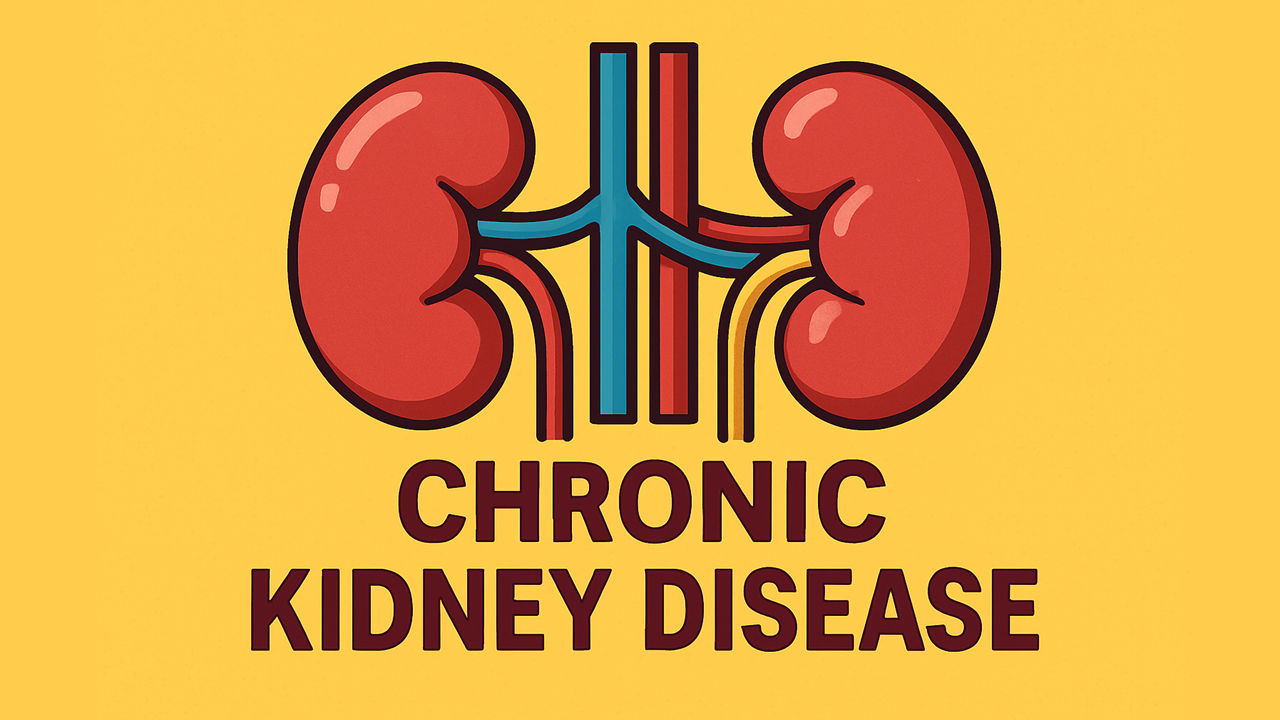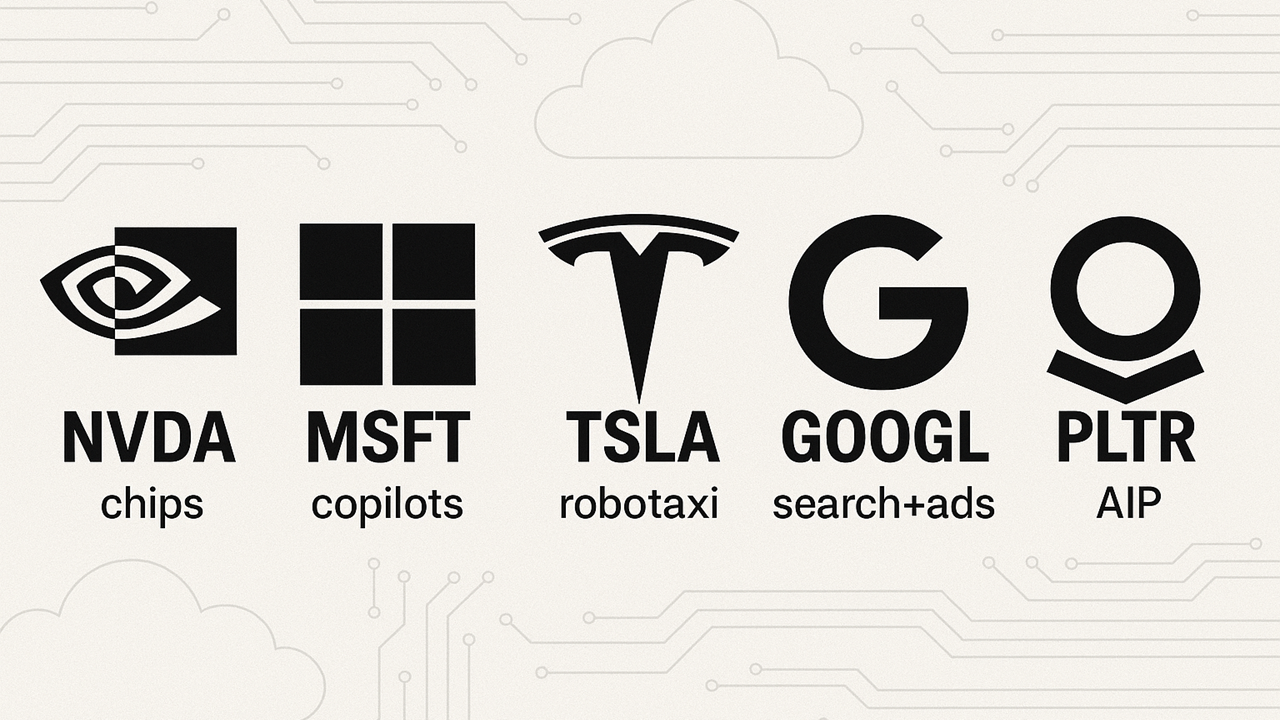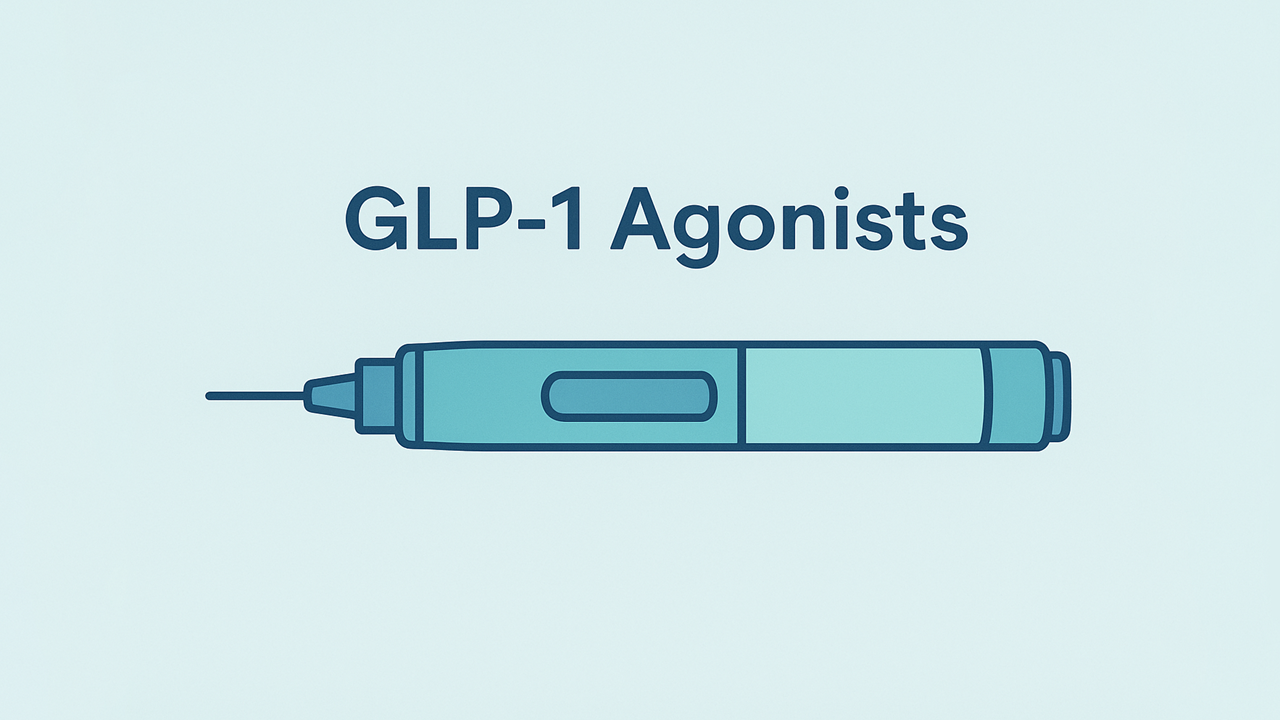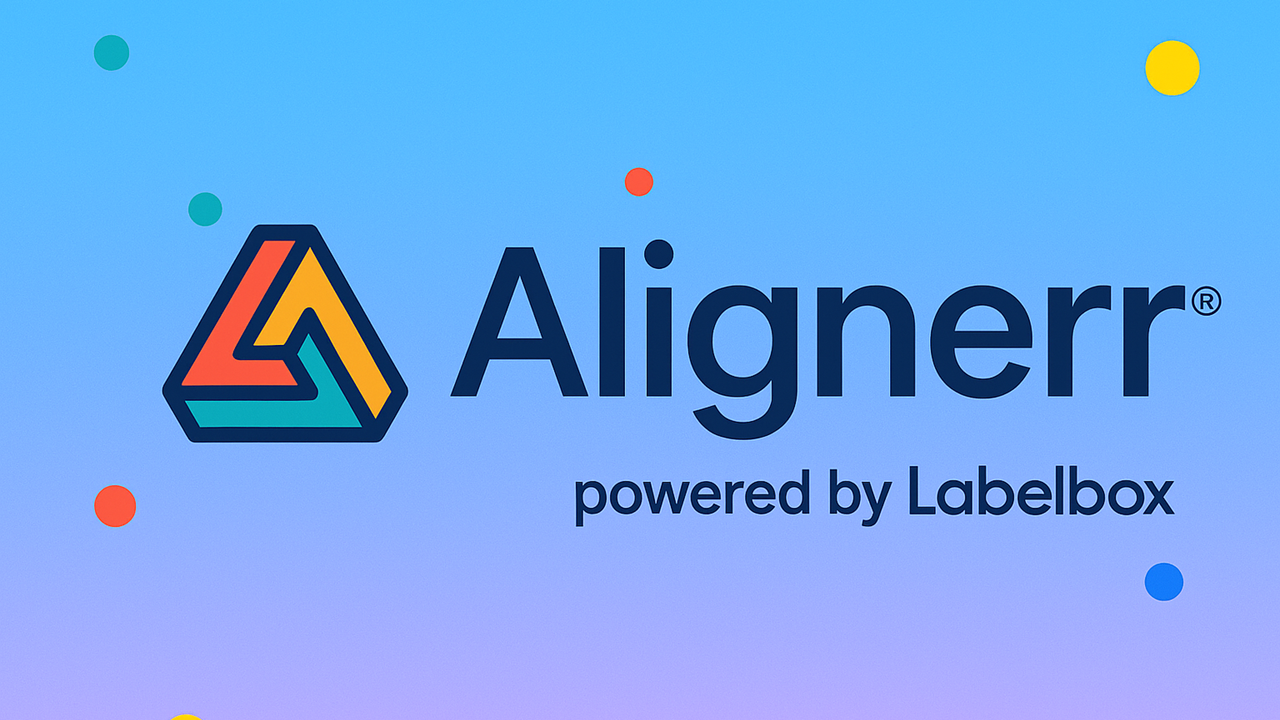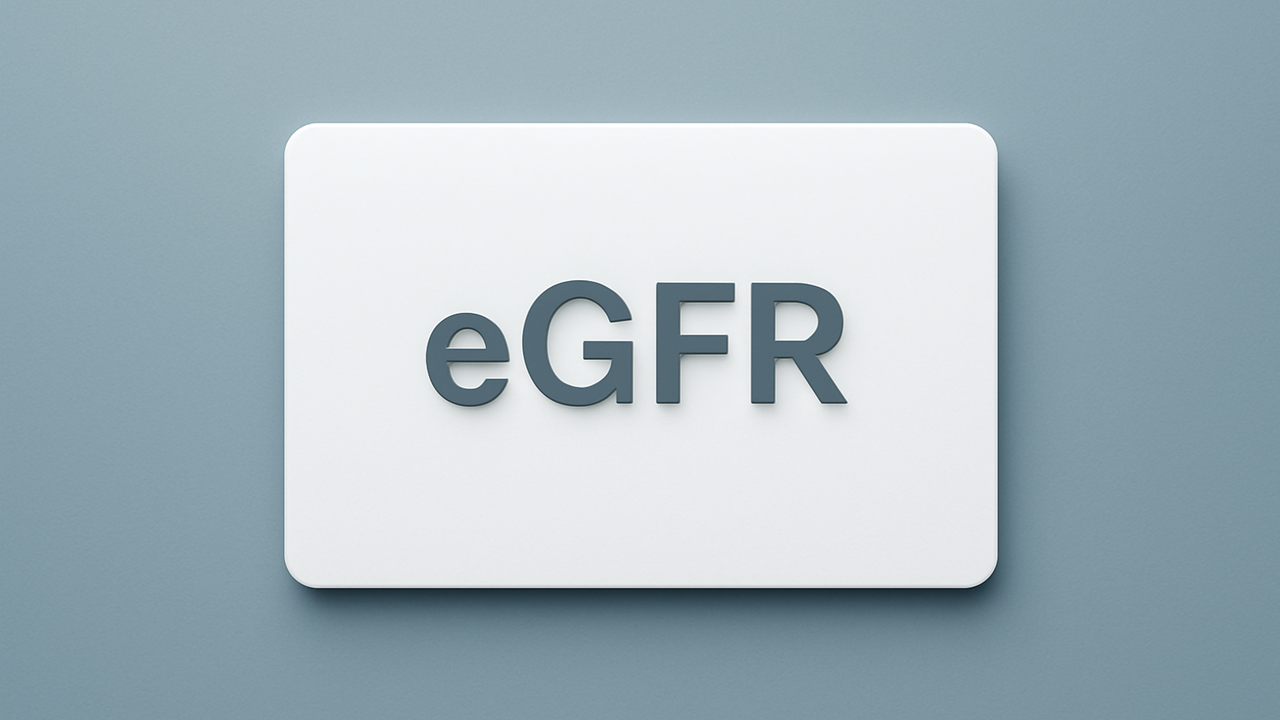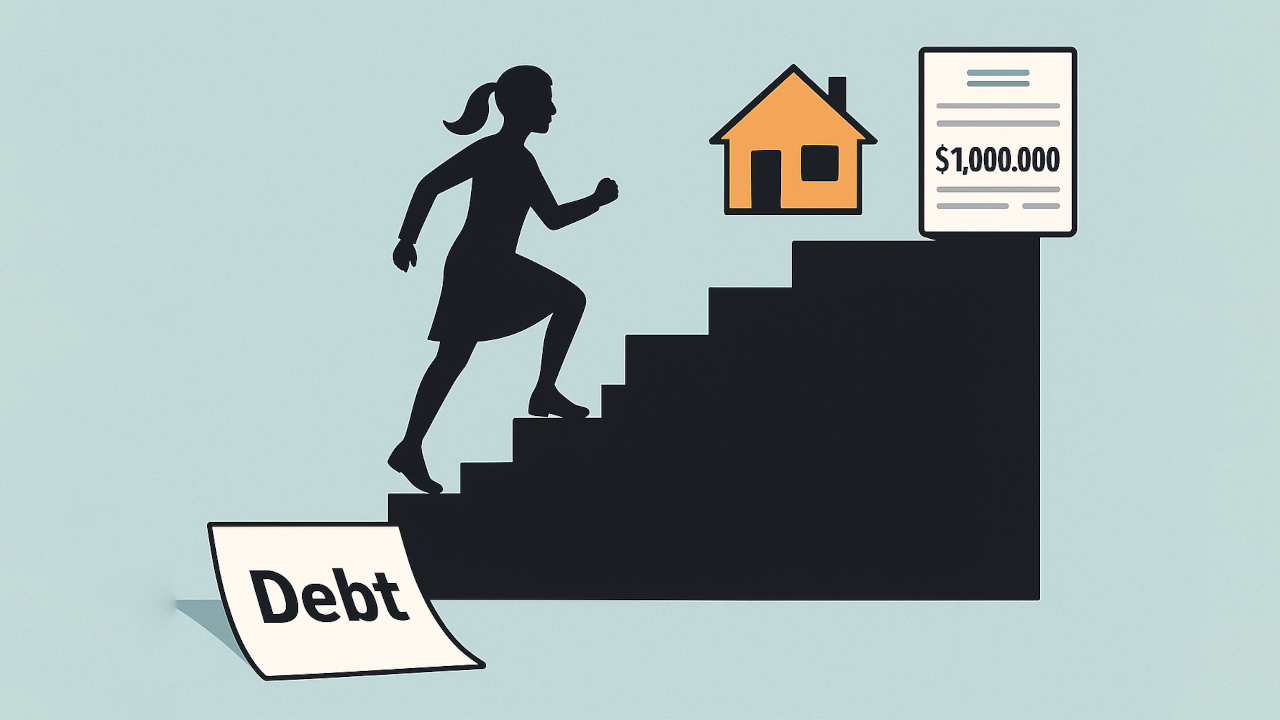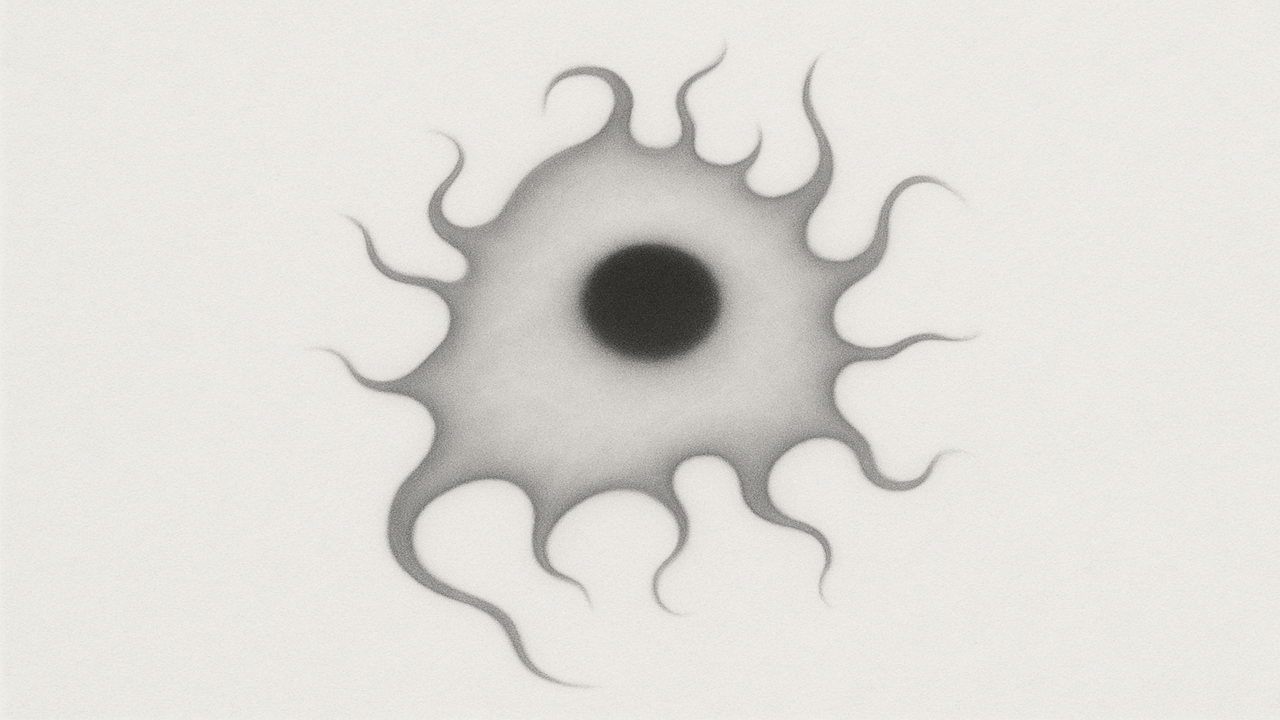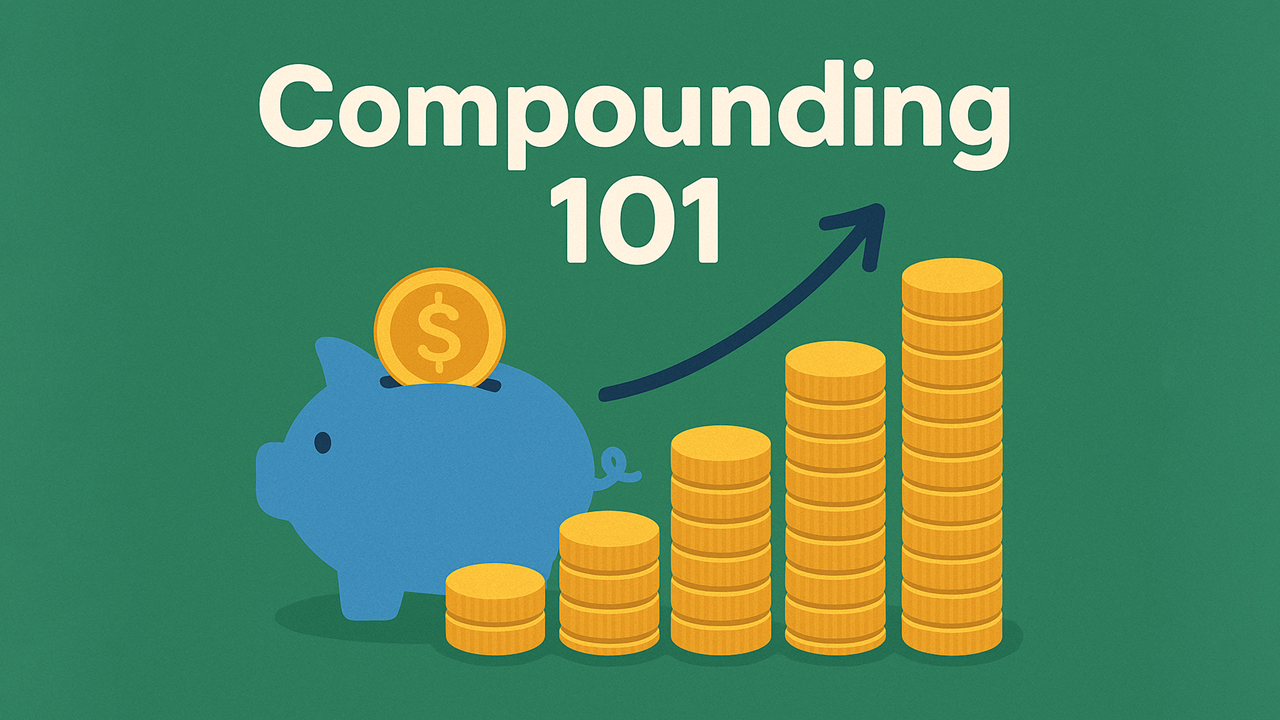How to Slow Down Chronic Kidney Disease Progression
Overview
Chronic kidney disease (CKD) is a sustained reduction in kidney function or evidence of renal damage persisting for at least three months. Estimates place global prevalence above 10 % (≈ 800 million people) with a rising toll among aging populations and those living with diabetes or hypertension [1]. In the United States alone, roughly 35 million adults—14 % of the population—meet CKD criteria, yet nearly 90 % remain undiagnosed until late stages [2]. CKD’s insidious course culminates in elevated cardiovascular mortality, diminished quality of life, and spiraling healthcare costs. From 1990 to 2019, CKD climbed into the World Health Organization’s top‑ten causes of death, underscoring the urgency of prevention and progression‑slowing strategies.
The journey from mild renal impairment to end‑stage renal disease (ESRD) is neither linear nor inevitable. Evidence now shows that multifactorial interventions—tight blood‑pressure control, modern pharmacotherapy, diet optimization, lifestyle changes, and diligent monitoring—can flatten the trajectory of GFR decline or even stabilize function for years. This report delineates the biological underpinnings of CKD and synthesizes cutting‑edge clinical evidence into an actionable roadmap for clinicians, patients, and policy makers.
Pathophysiology
CKD progression is driven by overlapping pathways that operate regardless of the initiating insult.
Glomerular hyperfiltration injury
Loss of nephrons triggers compensatory dilation of afferent arterioles and constriction of efferent arterioles, raising intraglomerular pressure. While temporarily preserving filtration, chronically elevated pressure distorts the capillary tuft, ruptures the filtration barrier, and accelerates glomerulosclerosis—scarring that deletes yet more nephrons.
RAAS activation
Angiotensin II and aldosterone heighten efferent‑arteriole tone, worsen hypertension, stimulate oxidative stress, and promote fibroblast activation in the tubulo‑interstitium [3]. Beyond hemodynamics, RAAS hormones up‑regulate pro‑inflammatory cytokines and TGF‑β, deepening fibrosis.
Proteinuria‑mediated damage
Filtered albumin and other plasma proteins are endocytosed by proximal tubular cells, triggering NF‑κB signaling, reactive oxygen species generation, and leukocyte recruitment. The inflammatory milieu accelerates tubulo‑interstitial fibrosis and correlates strongly with faster GFR loss.
Inflammation, oxidative stress, and endothelial dysfunction
Systemic factors such as hyperglycemia, dyslipidemia, and smoking further impair endothelial nitric‑oxide production, reduce renal perfusion, and amplify fibrotic cascades.
Interrupting any step—lowering intraglomerular pressure, quelling inflammation, or reducing proteinuria—can materially slow progression.
Causes
While dozens of diseases injure kidneys, four categories dominate epidemiology:
Diabetes mellitus: Type 2 diabetes accounts for 40–45 % of U.S. ESRD and similar proportions globally. Chronic hyperglycemia induces mesangial expansion, glomerular basement‑membrane thickening, and podocyte loss, ultimately leading to nodular sclerosis (Kimmelstiel–Wilson lesions).
Hypertensive nephrosclerosis: Persistent high systemic pressure thickens afferent arterioles, reduces cortical blood flow, and causes ischemic glomerular collapse. Hypertension is the primary etiology in ≈ 25 % of U.S. ESRD cases [4].
Primary glomerulonephritides: IgA nephropathy, membranous nephropathy, and focal segmental glomerulosclerosis collectively account for ≈ 10 % of CKD worldwide.
Genetic and structural disorders: Autosomal dominant polycystic kidney disease, reflux nephropathy, and congenital anomalies contribute another 5 % but impose disproportionate morbidity in younger adults.
In many low‑ and middle‑income countries, CKD of unknown origin—often linked to heat stress, agrochemical exposure, or contaminated water—has emerged, highlighting environmental drivers. Accurate etiologic diagnosis is essential because targeted therapies (e.g., immunosuppression for lupus nephritis) can halt further damage.
Clinical Presentation
CKD is frequently dubbed “a silent epidemic.” In stages 1–2 (eGFR ≥ 60 mL/min/1.73 m² with markers of damage), patients are typically asymptomatic. Subtle lab abnormalities—microalbuminuria or mild creatinine rise—are the lone clues. By stage 3, nocturia, fatigue, or ankle swelling may appear, but these nonspecific signs are easily dismissed.
As eGFR falls below 30 mL/min (stage 4), toxin accumulation precipitates:
Uremic syndrome: Lethargy, anorexia, nausea, pruritus, restless legs.
Fluid overload: Peripheral edema, hypertension refractory to medications, exertional dyspnea from pulmonary congestion.
Metabolic derangements: Hyperphosphatemia, hypocalcemia, metabolic acidosis, and anemia of chronic disease (due to erythropoietin deficiency).
In stage 5 (< 15 mL/min), severe complications—pericardial friction rub, asterixis, and “uremic frost” (urea crystals on skin)—signal the need for imminent dialysis or transplant. Because late manifestations correspond to irreversible nephron loss, proactive screening of high‑risk groups is paramount.
Diagnosis
Estimation of GFR
Serum creatinine varies with muscle mass; thus modern estimating equations (CKD‑EPI 2021) incorporate age and sex. KDIGO 2024 recommends confirming abnormal creatinine‑based eGFR with a cystatin C‑based equation to improve accuracy and re‑classify risk where feasible [3].
Albuminuria measurement
A spot urine albumin‑to‑creatinine ratio (ACR) ≥ 30 mg/g on at least two of three samples spaced over 90 days constitutes persistent kidney damage. Albuminuria grade (A1–A3) independently predicts ESRD and cardiovascular events.
Renal imaging and biopsy
Ultrasound evaluates kidney size (small kidneys suggest chronic irreversible scarring), rule‑out obstruction, and identify cysts. A percutaneous biopsy is reserved for:
Unexplained rapidly progressive CKD
Nephrotic‑range proteinuria (> 3.5 g/day)
Suspected primary glomerulonephritis (e.g., crescentic GN)
Histopathology guides immunosuppressive choices and prognosis.
Management Strategies
Effective CKD care integrates pharmacologic, nutritional, behavioral, and systems‑level measures.
Medications
Renin–angiotensin–aldosterone system blockers
ACE inhibitors (e.g., lisinopril) or ARBs (e.g., losartan) reduce intraglomerular pressure and proteinuria. In the RENAAL trial, losartan reduced the composite of doubling of serum creatinine, ESRD, or death by 28 % versus placebo in diabetic nephropathy [7]. Start low, titrate to maximum tolerated dose, and monitor serum creatinine and potassium within two weeks.
SGLT2 inhibitors
Initially antidiabetic agents, dapagliflozin and empagliflozin improve renal outcomes even in non‑diabetic CKD. The DAPA‑CKD study showed a 39 % relative risk reduction for a 50 % eGFR decline, ESRD, or renal death [8]. Benefits manifest within months and are additive to ACEi/ARB therapy.
Non‑steroidal mineralocorticoid receptor antagonists
Finerenone delivers anti‑fibrotic effects without the hyperkalemia burden seen with spironolactone in advanced CKD. In FIDELIO‑DKD, finerenone lowered kidney‑outcome risk by 18 % on top of standard care [9].
Blood‑pressure targets
KDIGO 2021 advises < 130/80 mmHg for most CKD; the SPRINT trial’s CKD subgroup suggested cardiovascular and potential renal benefits at < 120 mmHg systolic, albeit with greater AKI risk. Individualize targets balancing comorbidities and orthostatic symptoms.
Glycemic control
Aim for HbA1c ≈ 7 % in diabetic CKD; avoid < 6.5 % in advanced stages due to hypoglycemia risk. Agents with proven renal benefit—SGLT2 inhibitors, GLP‑1 receptor agonists—are preferred over sulfonylureas. Metformin is safe until eGFR < 30 mL/min but requires dose reduction when eGFR falls below 45 mL/min.
Lipid lowering
Statins reduce major atherosclerotic events in CKD stages 3–4; combine with ezetimibe if LDL remains > 70 mg/dL.
Anemia management
Initiate erythropoiesis‑stimulating agents when Hb < 10 g/dL and iron stores are adequate; target 10–11.5 g/dL, avoiding > 12 g/dL due to stroke risk.
Avoidance of nephrotoxins
Chronic NSAID use raises the odds of rapid CKD progression (OR 1.26) [15]. Contrast nephropathy risk can be mitigated by volume expansion and low‑osmolality agents but should be avoided when alternatives exist.
Supplements and Metabolic Correction
Sodium bicarbonate: Maintain serum bicarbonate ≥ 22 mmol/L. In a randomized trial, bicarbonate halved ESRD incidence over two years [10].
Active vitamin D analogues: Paricalcitol or calcitriol suppress secondary hyperparathyroidism, improve bone turnover, and may modestly lower proteinuria.
Omega‑3 fatty acids: In IgA nephropathy, high‑dose EPA + DHA slowed creatinine rise (6 % vs 33 % placebo) [11].
Phosphate binders: Sevelamer or calcium acetate reduce vascular calcification and secondary hyperparathyroidism, though direct renoprotection remains debated.
Lifestyle Changes
Low‑sodium diet
Restrict to < 2 g/day (≈ 5 g salt). In a Thai RCT, sodium reduction slowed GFR decline threefold over three months [12]. Teach patients label reading and favor fresh over processed foods.
Moderate protein intake
Keep at 0.6–0.8 g/kg/day; avoid high‑protein keto diets that trigger hyperfiltration. Plant‑dominant sources lower dietary acid load, easing metabolic acidosis. Monitor albumin and pre‑albumin to prevent malnutrition.
Weight management and exercise
A 5–10 % weight loss improves insulin sensitivity and blood pressure. Moderate‑intensity aerobic activity ≥ 150 min/week associates with 30 % lower all‑cause mortality in CKD cohorts [12]. Resistance training preserves muscle mass, combating sarcopenia common in advanced CKD.
Smoking cessation
Former smokers approach never‑smoker ESRD risk after ≥ 10 smoke‑free years [13]. Combine pharmacotherapy (varenicline or bupropion) with counseling for best success rates.
Alcohol moderation
Limit to ≤ 2 drinks/day; heavy intake heightens hypertension and atrial‑fibrillation risk, compounding renal stress.
Hydration and heat avoidance
Advise adequate fluid intake (at least 1.5 L/day unless otherwise restricted) and caution during heat waves to prevent dehydration‑triggered AKI superimposed on CKD.
Other Interventions
Underlying disease control
Immunosuppress corticosteroid‑responsive nephritides early (e.g., rapidly progressive GN) to avert irreversible fibrosis.
Relieve obstructive uropathy (stones, enlarged prostate) promptly; even partial obstruction accelerates scarring.
Screen for and treat hepatitis B/C, HIV, or other infections contributing to renal injury.
Management of complications
Hyperphosphatemia: Dietary phosphorus restriction (< 1 g/day) and binders reduce vascular calcification.
Metabolic acidosis: In addition to bicarbonate, fruits & vegetables that generate base (citrate) can raise serum bicarbonate naturally.
Bone mineral disorder: Monitor calcium, phosphate, PTH every 3–6 months; adjust therapy accordingly.
Regular monitoring
Check eGFR and ACR every 6–12 months in stage 1–2, every 3–6 months in stage 3, and monthly to quarterly in stages 4–5. Use trend charts to detect accelerated decline (> 5 mL/min/year) and intervene early.
Pre‑ESRD planning
Refer for transplant evaluation when eGFR < 20 mL/min; timely arteriovenous fistula creation averts catheter‑related infection risk. Education on dialysis modalities empowers shared decision making.
Take Home Message
Screen high‑risk individuals annually with eGFR and ACR to catch CKD early, when interventions are most effective.
Combine ACE/ARB therapy, an SGLT2 inhibitor, and low‑sodium nutrition to achieve additive reductions in intraglomerular pressure and proteinuria.
Correct metabolic acidosis with bicarbonate and balance mineral metabolism with vitamin D and phosphate binders.
Embrace plant‑forward, moderate‑protein diets and regular exercise; avoid smoking, NSAIDs, and excessive salt.
Engage multidisciplinary teams and leverage patient education, tele‑health, and digital self‑monitoring tools to improve adherence and outcomes.
Conclusion
CKD progression can be slowed—or in some cases, plateaued—through a holistic strategy that integrates modern pharmacology, meticulous risk‑factor modification, metabolic correction, and patient‑centered lifestyle support. The evidence reviewed demonstrates that RAAS blockade, SGLT2 inhibition, sodium restriction, and smoking cessation individually confer substantial renoprotection; together, they reshape the disease trajectory. Health systems must prioritize early detection, equitable access to nephrology care, and public‑health policies that reduce dietary sodium and NSAID misuse. Meanwhile, ongoing research into anti‑fibrotic drugs, gut‑microbiome modulation, and regenerative medicine promises further advances. Until then, diligent application of current knowledge can grant millions of CKD patients added years of kidney function, freedom from dialysis, and improved quality of life. The imperative is clear: early, comprehensive, and sustained intervention transforms CKD from a silent killer into a manageable chronic condition.
References
Kovesdy CP. Epidemiology of chronic kidney disease: an update 2022. Kidney Int Suppl. 2022;12(1):7‑11.
Centers for Disease Control and Prevention. CKD in the United States 2023. Atlanta, GA; 2023.
Kidney Disease: Improving Global Outcomes. 2024 Clinical Practice Guideline for CKD evaluation and management. Kidney Int. 2024;105(4 Suppl):S117‑S314.
Pal S. Primary causes of end‑stage renal disease. US Pharmacist. 2016;41(8):6‑10.
Maringhini S, Zoccali C. Chronic kidney disease progression – a challenge. Biomedicines. 2024;12(10):2203.
Kidney Disease: Improving Global Outcomes. 2021 Guideline for BP management in CKD. Kidney Int. 2021;99(3 Suppl):S1‑S87.
Brenner BM et al. Effects of losartan on renal outcomes in type 2 diabetes. N Engl J Med. 2001;345(12):861‑869.
Heerspink HJL et al. Dapagliflozin in patients with CKD. N Engl J Med. 2020;383:1436‑1446.
Bakris GL et al. Finerenone and kidney outcomes in T2D. N Engl J Med. 2020;383:2219‑2229.
de Brito‑Ashurst I et al. Bicarbonate supplementation slows CKD. J Am Soc Nephrol. 2009;20:2075‑2084.
Donadio JV Jr et al. Fish oil in IgA nephropathy. N Engl J Med. 1994;331:1194‑1199.
Trakarnvanich T et al. Low‑salt diet and CKD progression. J Prim Care Community Health. 2024;15:21501319241297766.
Lee S et al. Smoking cessation and CKD progression. Nicotine Tobacco Res. 2021;23:92‑98.
Delgado C et al. Physical activity and CKD mortality. Am J Kidney Dis. 2021;78:719‑729.
Gooch K et al. NSAID use and CKD progression. Am J Med. 2007;120:280.e1‑e7.
About the Author
Harry Negron is the CEO of Jivaro, a writer, and an entrepreneur with a strong foundation in science and technology. He holds a B.S. in Microbiology and Mathematics and a Ph.D. in Biomedical Sciences, with a focus on genetics and neuroscience. He has a track record of innovative projects, from building free apps to launching a top-ranked torrent search engine. His content spans finance, science, health, gaming, and technology. Originally from Puerto Rico and based in Japan since 2018, he leverages his diverse background to share insights and tools aimed at helping others.

